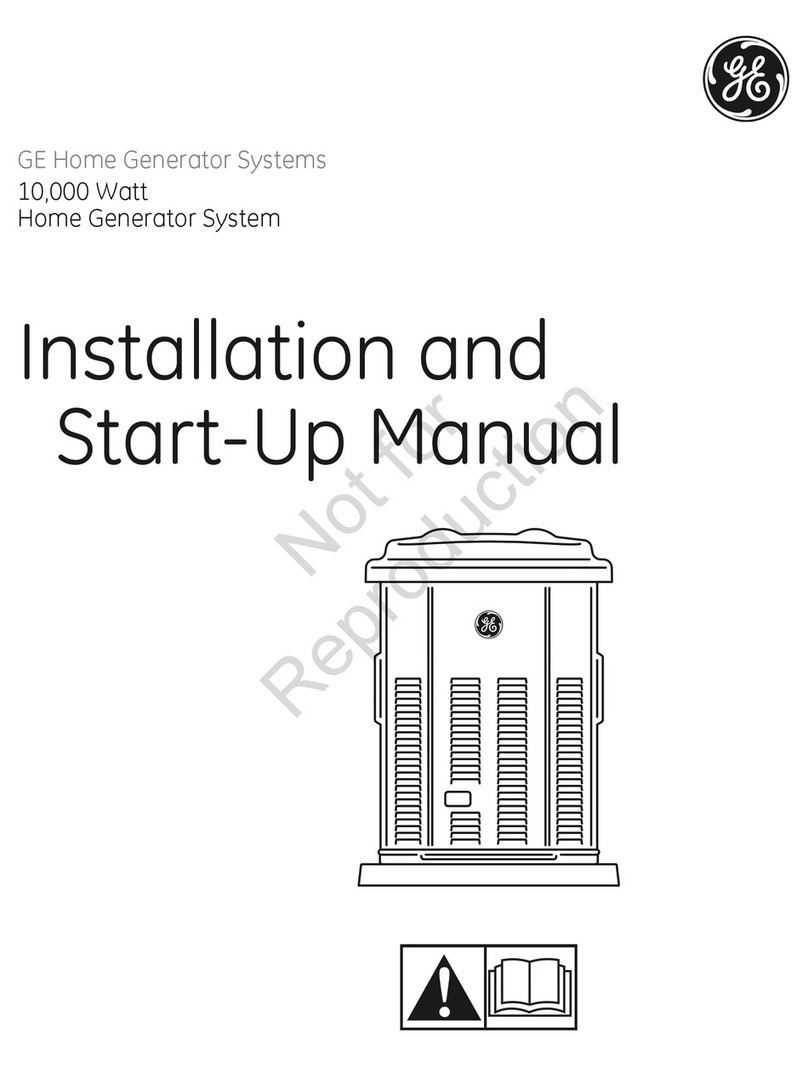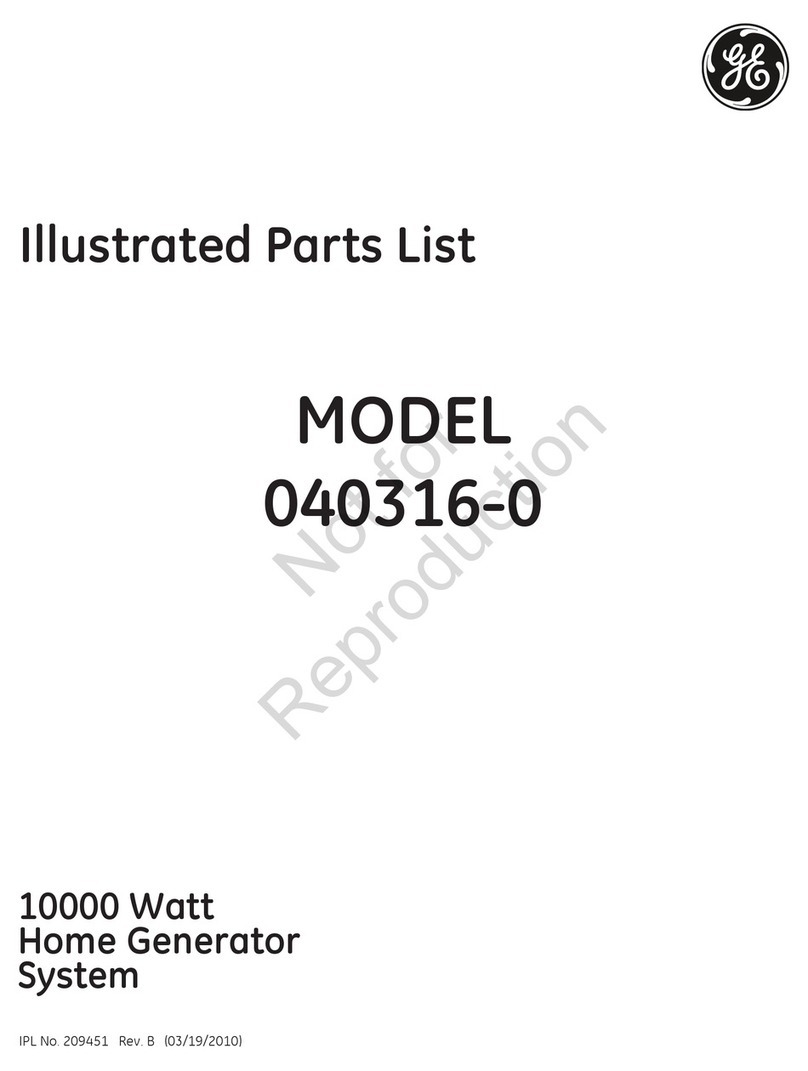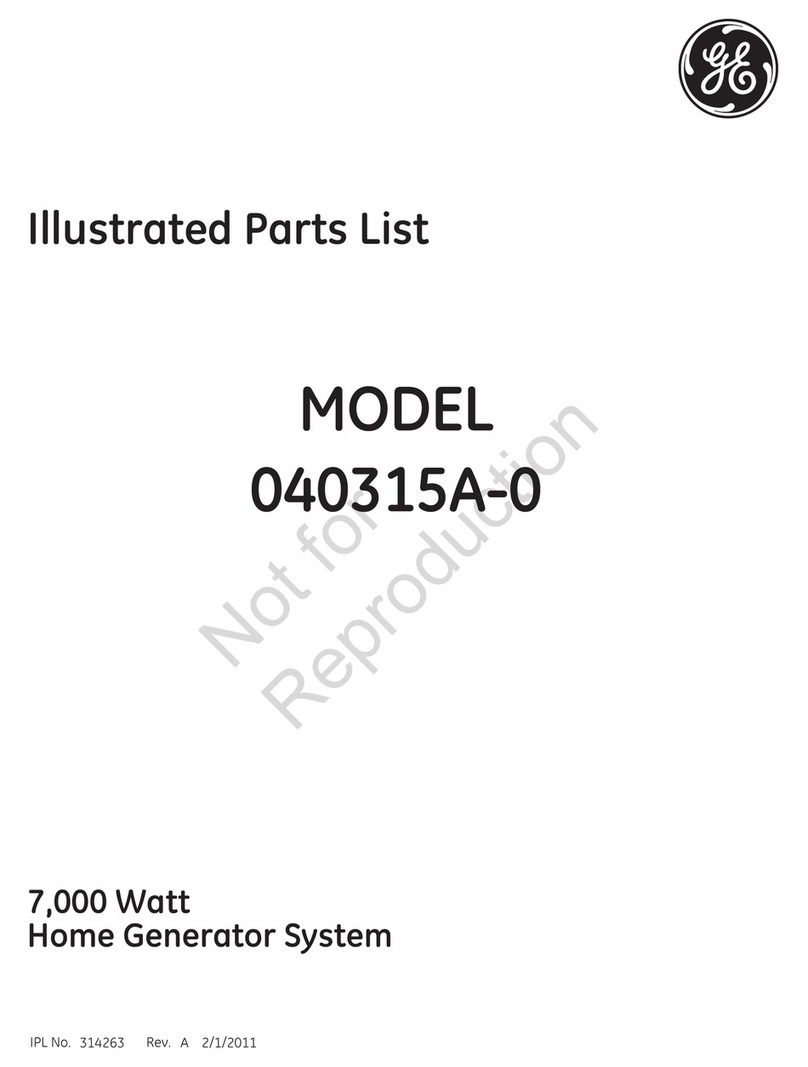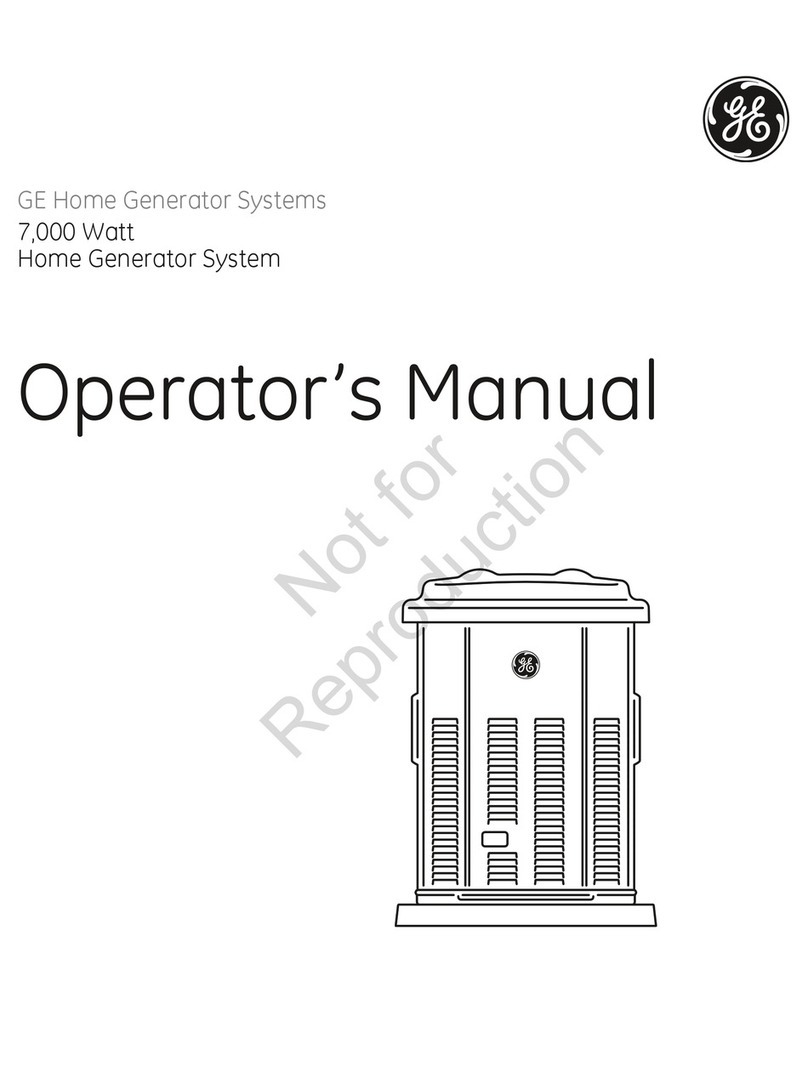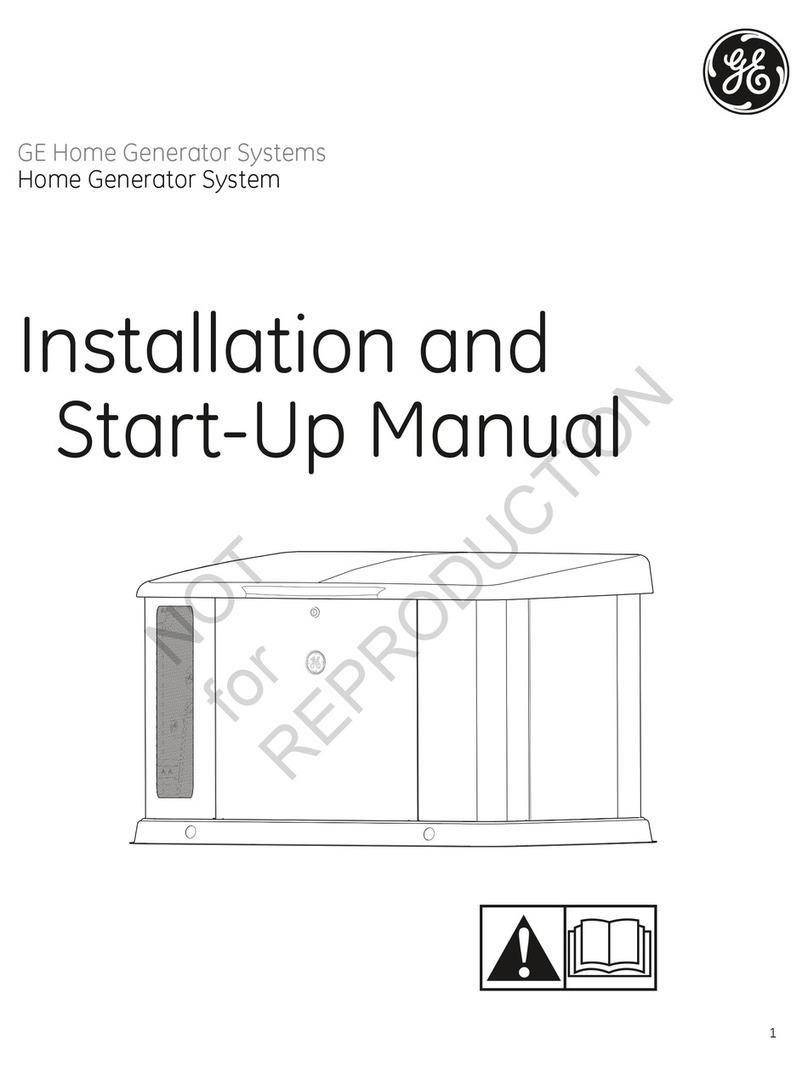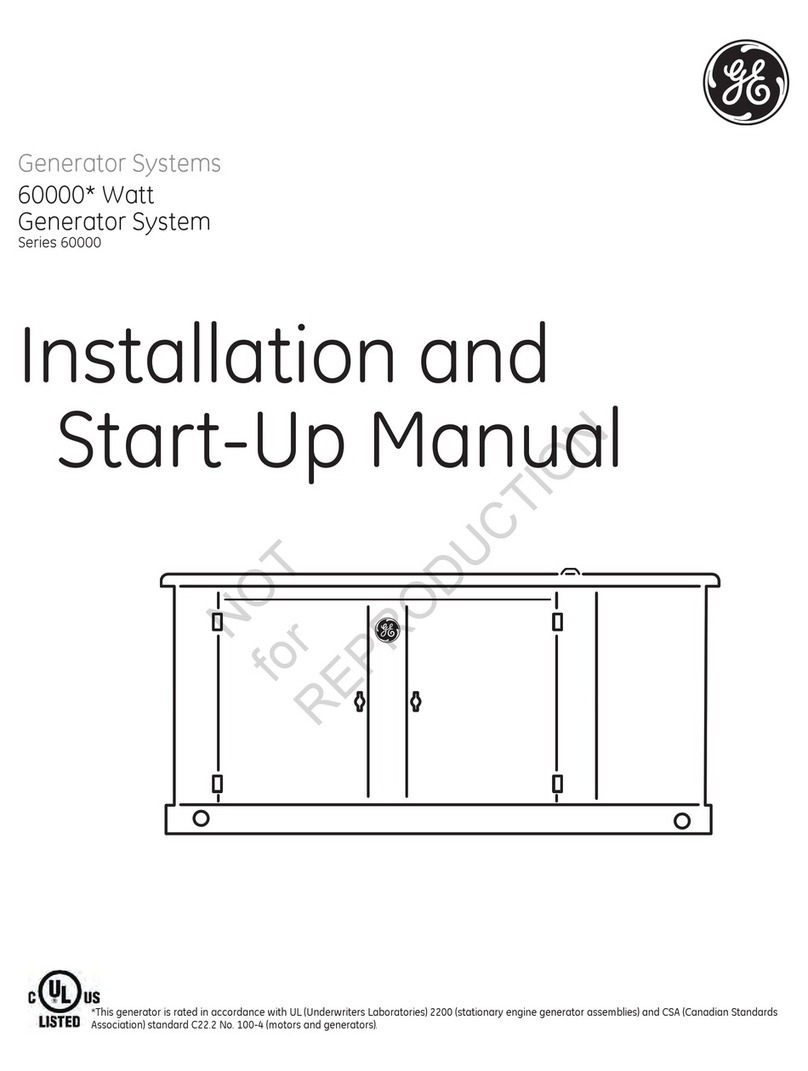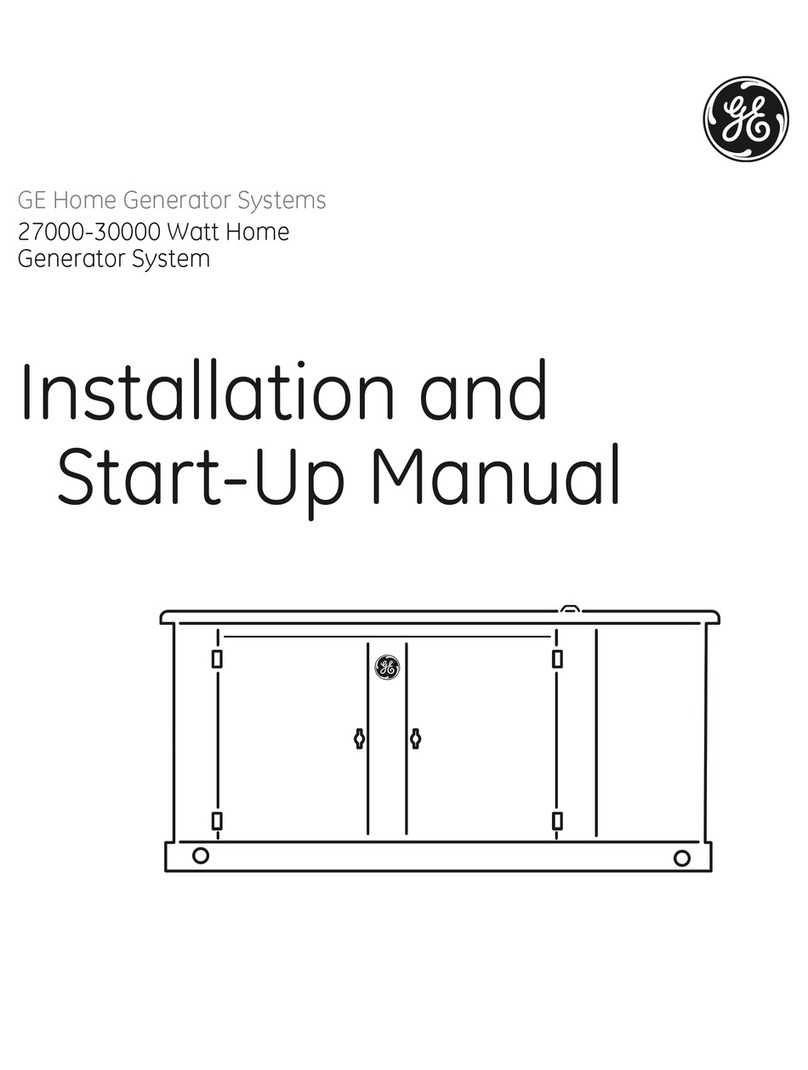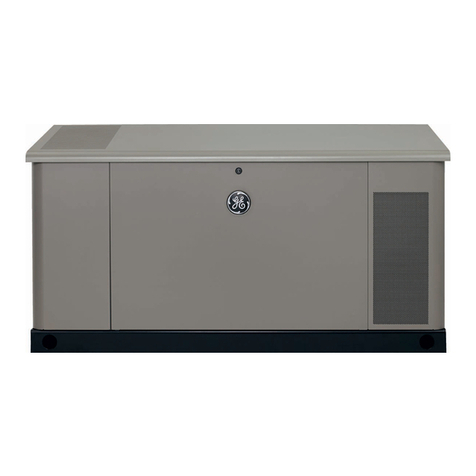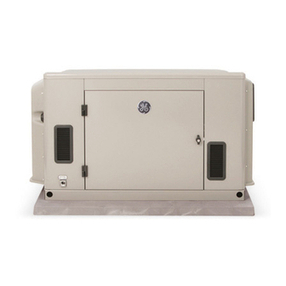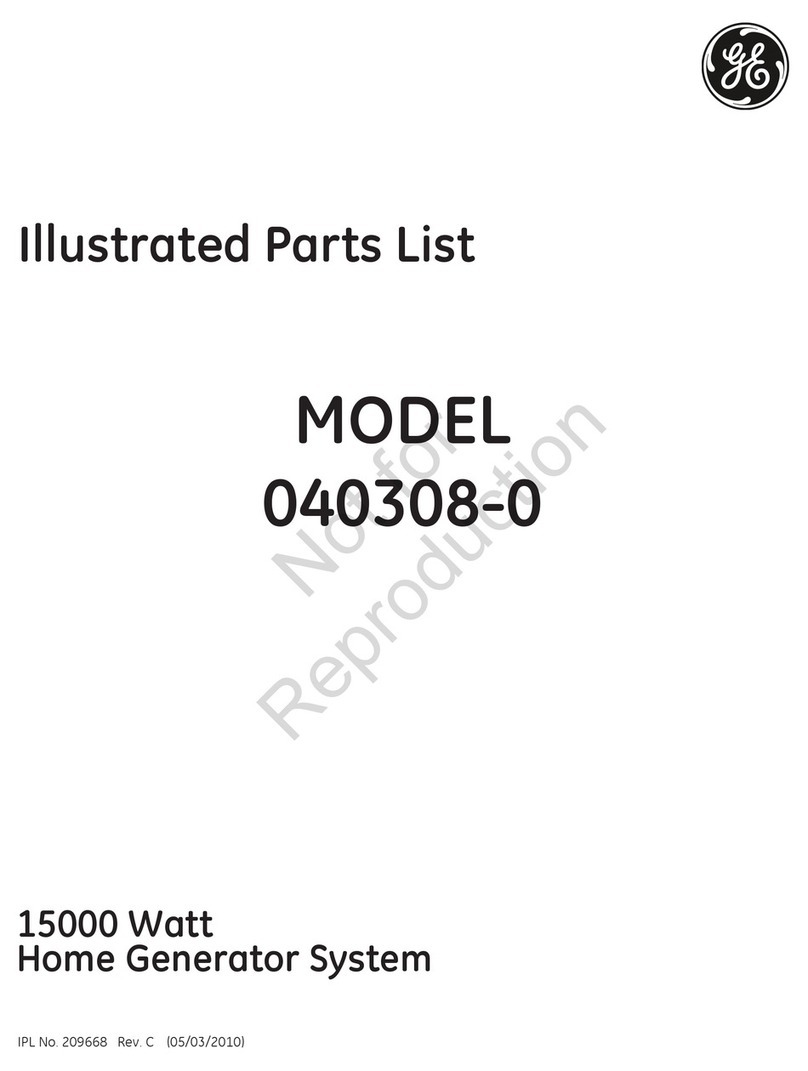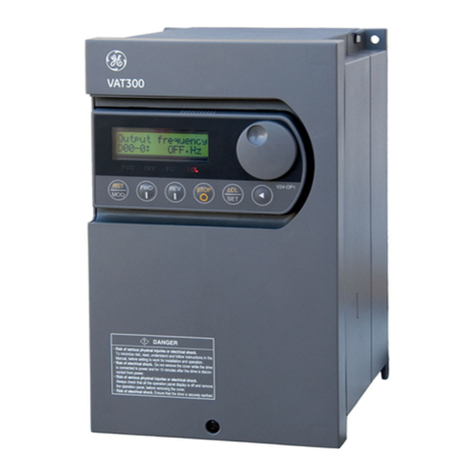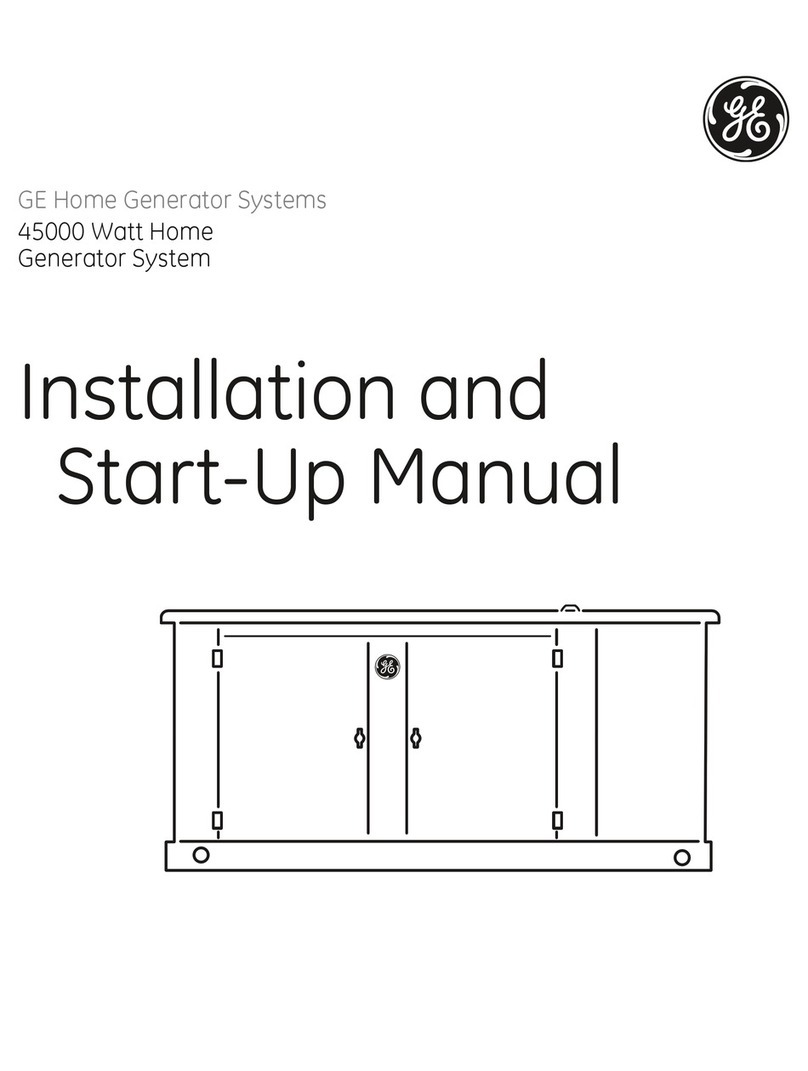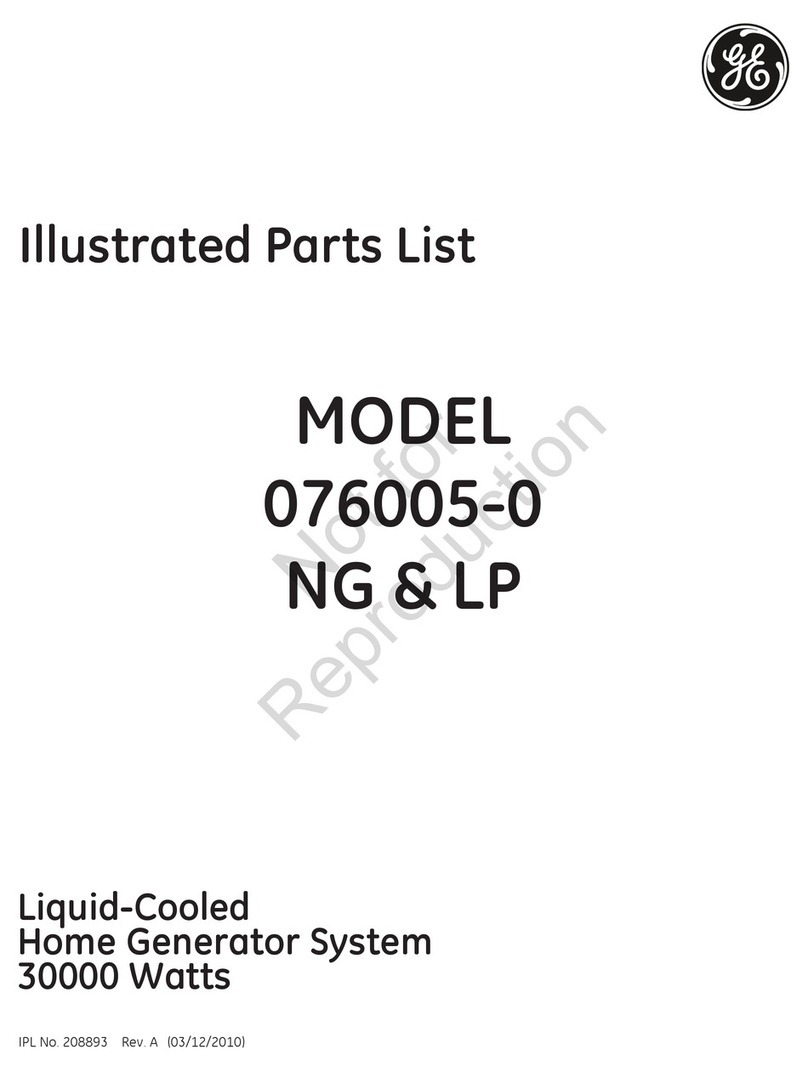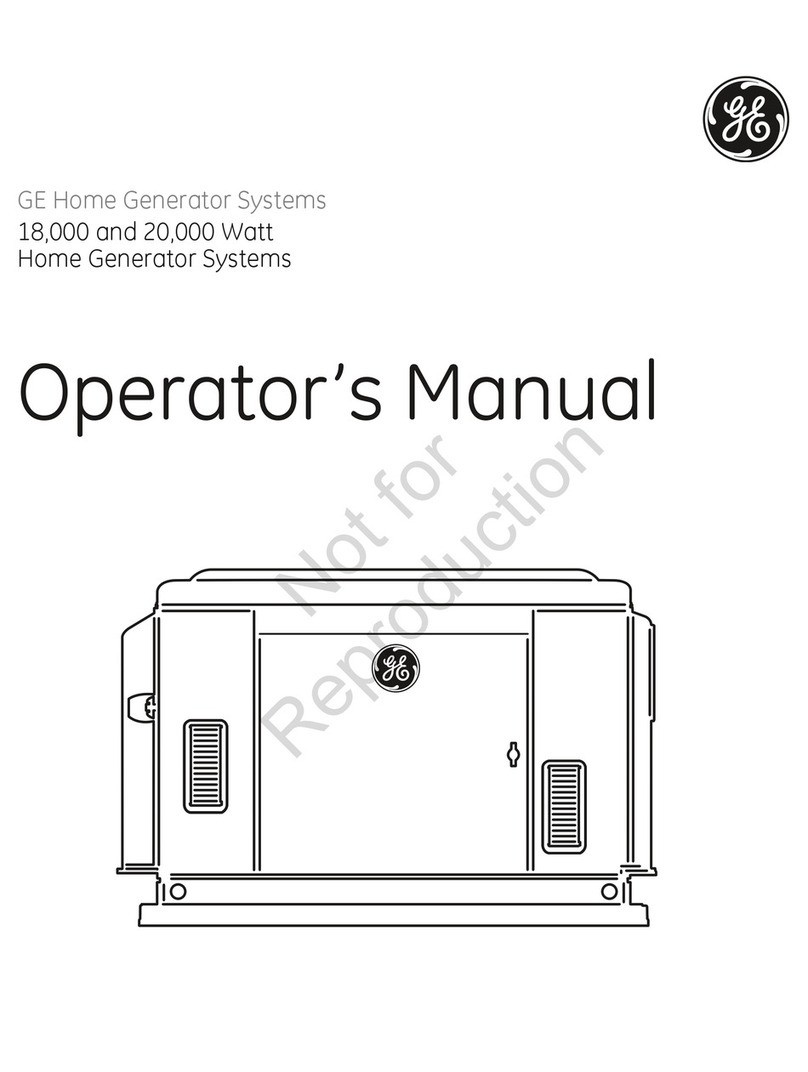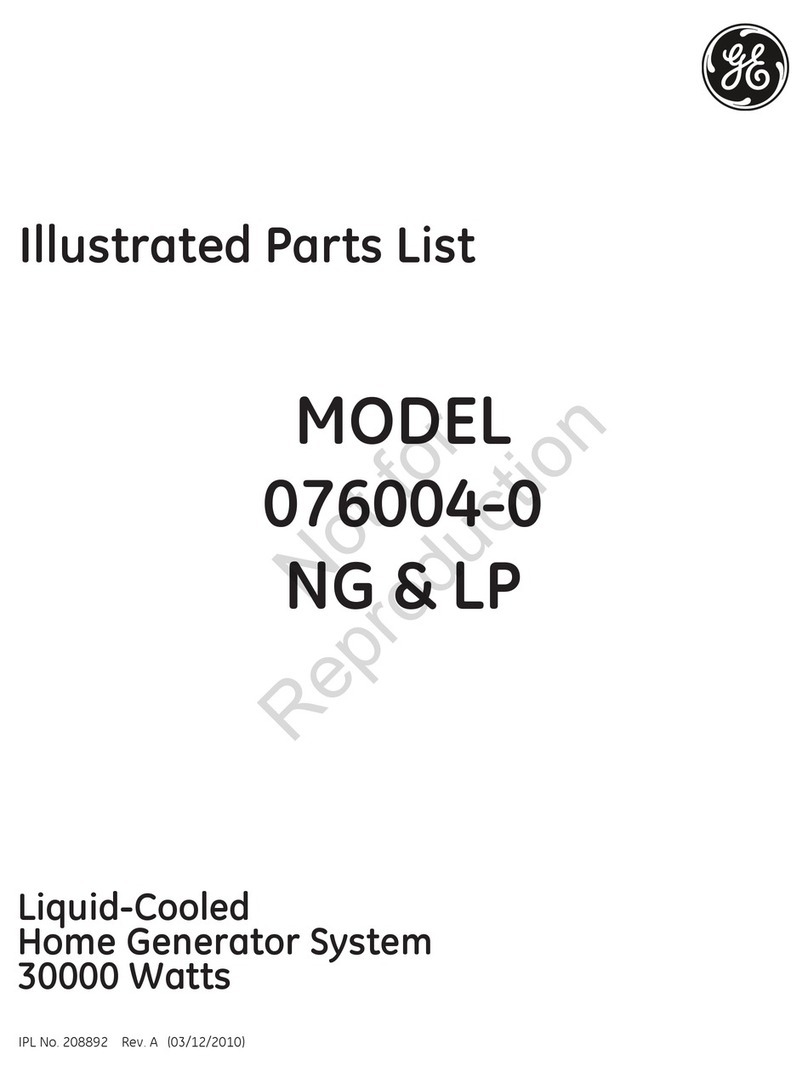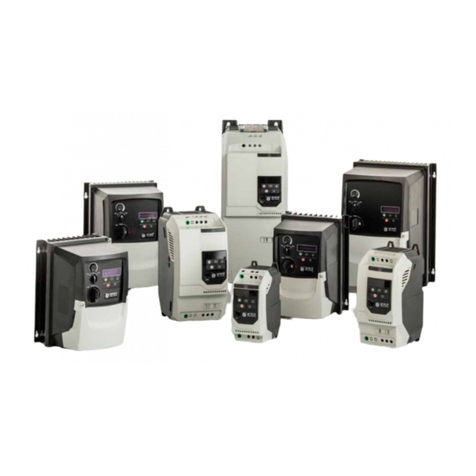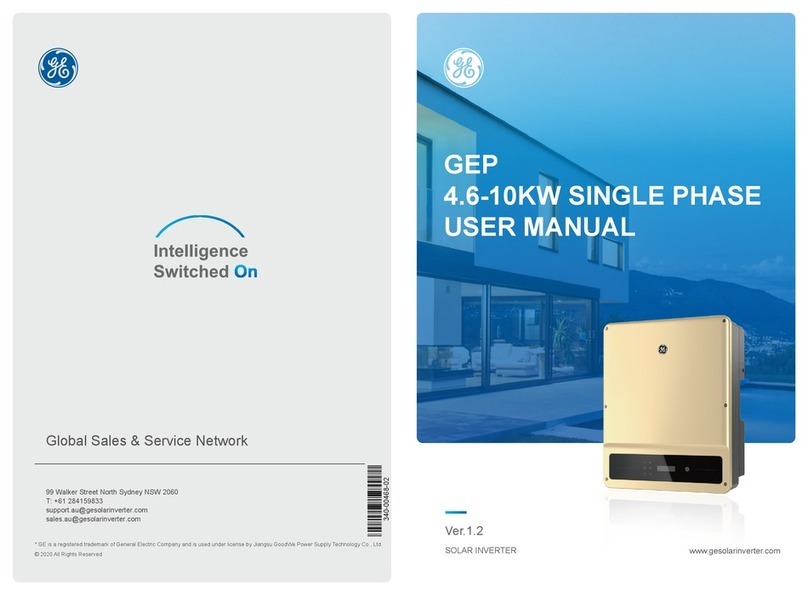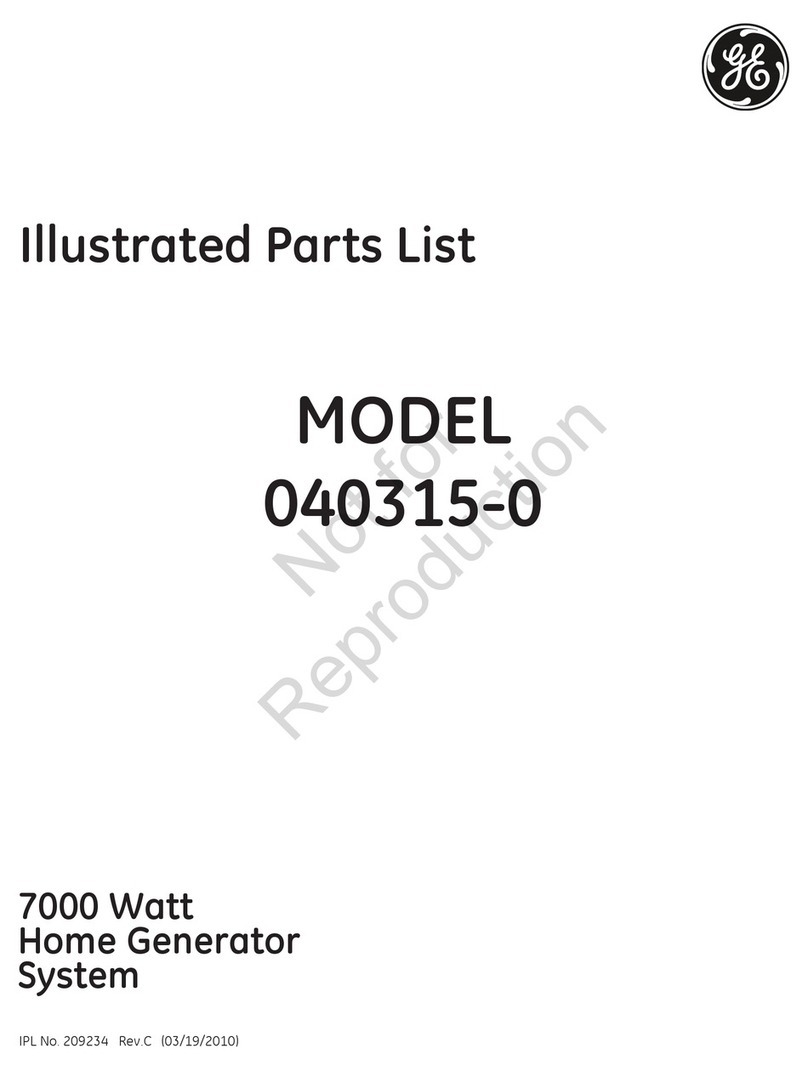
InspectionandMaintenance—GEK107048Table of Contents
iv
Figure Title Page
CI-I.6 Cap and Liner Details CI-I-17. . . . . . . . . . . . . . . . . . . . . . . . . . . . . . . . . . . . . . . . . . . . . . . . .
CI-I.7 Cap, End View CI-I-18. . . . . . . . . . . . . . . . . . . . . . . . . . . . . . . . . . . . . . . . . . . . . . . . . . . . . . .
CI-I.8 Combustion Liner Spring Seal Inspection Areas CI-I-19. . . . . . . . . . . . . . . . . . . . . . . . . . . .
CI-I.9 Typical Slot Cooled Combustion Liner Rolled Ring Section CI-I-19. . . . . . . . . . . . . . . . . . .
CI-I.10 Transition Piece CI-I-27. . . . . . . . . . . . . . . . . . . . . . . . . . . . . . . . . . . . . . . . . . . . . . . . . . . . . .
CI-I.11 Transition Piece (“B” Style) Inspection Area Locations CI-I-28. . . . . . . . . . . . . . . . . . . . . . .
CI-I.12 Flow Sleeve CI-I-31. . . . . . . . . . . . . . . . . . . . . . . . . . . . . . . . . . . . . . . . . . . . . . . . . . . . . . . . .
CI-I.13 Combustion Outer Casing CI-I-31. . . . . . . . . . . . . . . . . . . . . . . . . . . . . . . . . . . . . . . . . . . . . .
CI-R.1 Transition Piece Aft Bracket Guide Pin Assembly CI-R-2. . . . . . . . . . . . . . . . . . . . . . . . . . .
CI-R.2 Transition Piece Support Clamp (Bullhorn) Assembly. CI-R-3. . . . . . . . . . . . . . . . . . . . . . .
CI-R.3 Transition Piece Side Seal Clearance CI-R-5. . . . . . . . . . . . . . . . . . . . . . . . . . . . . . . . . . . . .
CI-R.4 Transition Piece Centralization Checks Setup CI-R-6. . . . . . . . . . . . . . . . . . . . . . . . . . . . . . .
CI-R.5 Transition Piece Support Clamp (Bullhorn) Assembly Checks CI-R-7. . . . . . . . . . . . . . . . .
CI-R.6 Transition Piece to First-Stage Nozzle Retaining Ring Clearance Checks. CI-R-9. . . . . . . .
CI-R.7 Transition Piece Lockplating of Aft Bracket Bolts CI-R-10. . . . . . . . . . . . . . . . . . . . . . . . . . .
CI-R.8 Assembly of End Seal and Stop Block Assembly to Transition Piece CI-R-11. . . . . . . . . . . .
CI-R.9 Combustion Flow Sleeve CI-R-12. . . . . . . . . . . . . . . . . . . . . . . . . . . . . . . . . . . . . . . . . . . . . . .
CI-R.10 Outer Casing and Flow Sleeve Assembly CI-R-12. . . . . . . . . . . . . . . . . . . . . . . . . . . . . . . . . .
CI-R.11 Outer Combustion Casing Alignment Pin CI-R-13. . . . . . . . . . . . . . . . . . . . . . . . . . . . . . . . . .
CI-R.12 Outer Crossfire Tube CI-R-15. . . . . . . . . . . . . . . . . . . . . . . . . . . . . . . . . . . . . . . . . . . . . . . . . .
CI-R.13 Crossfire Tube Assembly CI-R-16. . . . . . . . . . . . . . . . . . . . . . . . . . . . . . . . . . . . . . . . . . . . . . .
CI-R.14 Spark Plug Assembly CI-R-17. . . . . . . . . . . . . . . . . . . . . . . . . . . . . . . . . . . . . . . . . . . . . . . . . .
CI-R.15 Primary Flame Detector CI-R-18. . . . . . . . . . . . . . . . . . . . . . . . . . . . . . . . . . . . . . . . . . . . . . . .
HGP-D.1 Rotor Position Probe. HGP-D-4. . . . . . . . . . . . . . . . . . . . . . . . . . . . . . . . . . . . . . . . . . . . . . . . . .
HGP-D.2 Support Jack Locations for Compressor and Turbine Casings HGP-D-6. . . . . . . . . . . . . . . . . .
HGP-D.3 Turbine Casing Rigging for Removal. HGP-D-8. . . . . . . . . . . . . . . . . . . . . . . . . . . . . . . . . . . . .
HGP-D.4 Guide Pin Locations. HGP-D-9. . . . . . . . . . . . . . . . . . . . . . . . . . . . . . . . . . . . . . . . . . . . . . . . . .
HGP-D.5 Loading for Second-Stage Nozzle Clearances. HGP-D-14. . . . . . . . . . . . . . . . . . . . . . . . . . . . . .
HGP-D.6 Loading for Third-Stage Nozzle Clearances. HGP-D-14. . . . . . . . . . . . . . . . . . . . . . . . . . . . . . .
HGP-D.7 Nozzle Clearance Wedging Block. HGP-D-16. . . . . . . . . . . . . . . . . . . . . . . . . . . . . . . . . . . . . . .
HGP-D.8 Set Point “A”. HGP-D-16. . . . . . . . . . . . . . . . . . . . . . . . . . . . . . . . . . . . . . . . . . . . . . . . . . . . . . .
HGP-D.9 Proper Method for Reading Axial Clearances. HGP-D-17. . . . . . . . . . . . . . . . . . . . . . . . . . . . . .
HGP-D.10 Set Point “B”. HGP-D-17. . . . . . . . . . . . . . . . . . . . . . . . . . . . . . . . . . . . . . . . . . . . . . . . . . . . . . .
HGP-D.11 First-Stage Nozzle Concentricity Checks HGP-D-19. . . . . . . . . . . . . . . . . . . . . . . . . . . . . . . . . .
HGP-D.12 First-Stage Nozzle Lifting Angles for Support Pad and or Support Pin Type Nozzle. HGP-D-21
HGP-D.13 Second and Third-Stage Nozzle Segments. HGP-D-23. . . . . . . . . . . . . . . . . . . . . . . . . . . . . . . . .
HGP-I.1 Nozzle Sidewall Cracks. HGP-I-3. . . . . . . . . . . . . . . . . . . . . . . . . . . . . . . . . . . . . . . . . . . . . . .
HGP-I.2 Nozzle Sidewall Cracks. HGP-I-3. . . . . . . . . . . . . . . . . . . . . . . . . . . . . . . . . . . . . . . . . . . . . . .
HGP-I.3 Nozzle Partition Fillet Cracks. HGP-I-4. . . . . . . . . . . . . . . . . . . . . . . . . . . . . . . . . . . . . . . . . . .
HGP-I.4 Nozzle Partition Fillet Cracks. HGP-I-4. . . . . . . . . . . . . . . . . . . . . . . . . . . . . . . . . . . . . . . . . . .
HGP-I.5 Nozzle Sidewall Surface Cracks. HGP-I-4. . . . . . . . . . . . . . . . . . . . . . . . . . . . . . . . . . . . . . . . .
HGP-I.6 Unacceptable Cracks. HGP-I-5. . . . . . . . . . . . . . . . . . . . . . . . . . . . . . . . . . . . . . . . . . . . . . . . .
HGP-I.7 Unacceptable Crack Propagation. HGP-I-5. . . . . . . . . . . . . . . . . . . . . . . . . . . . . . . . . . . . . . . .

